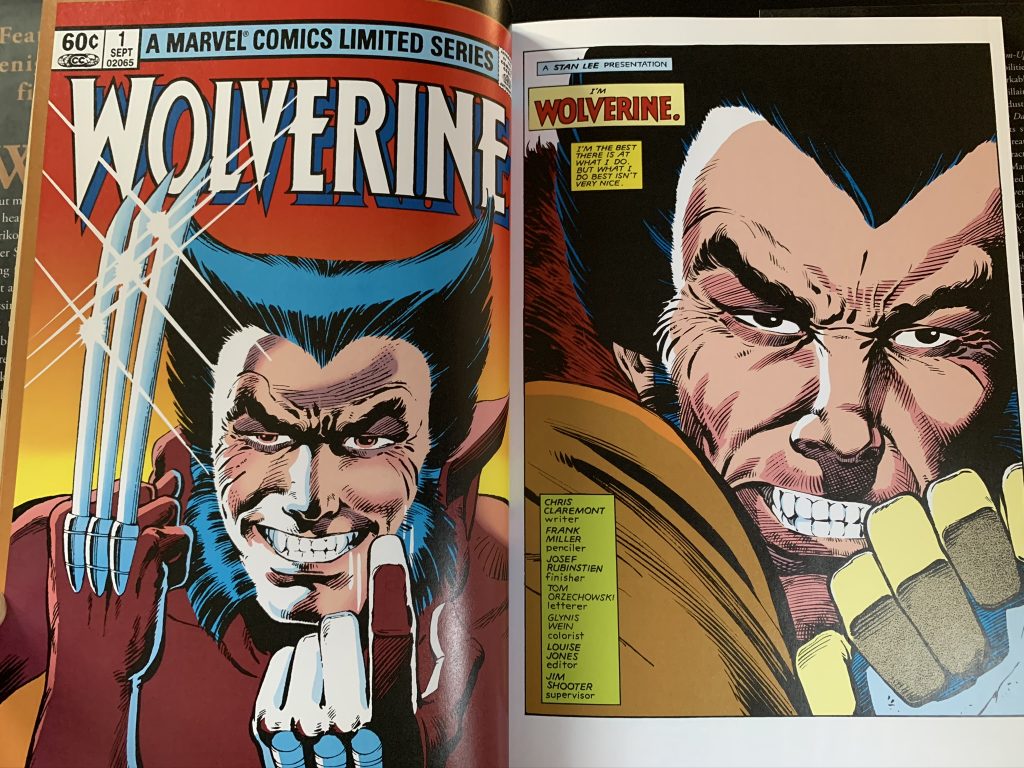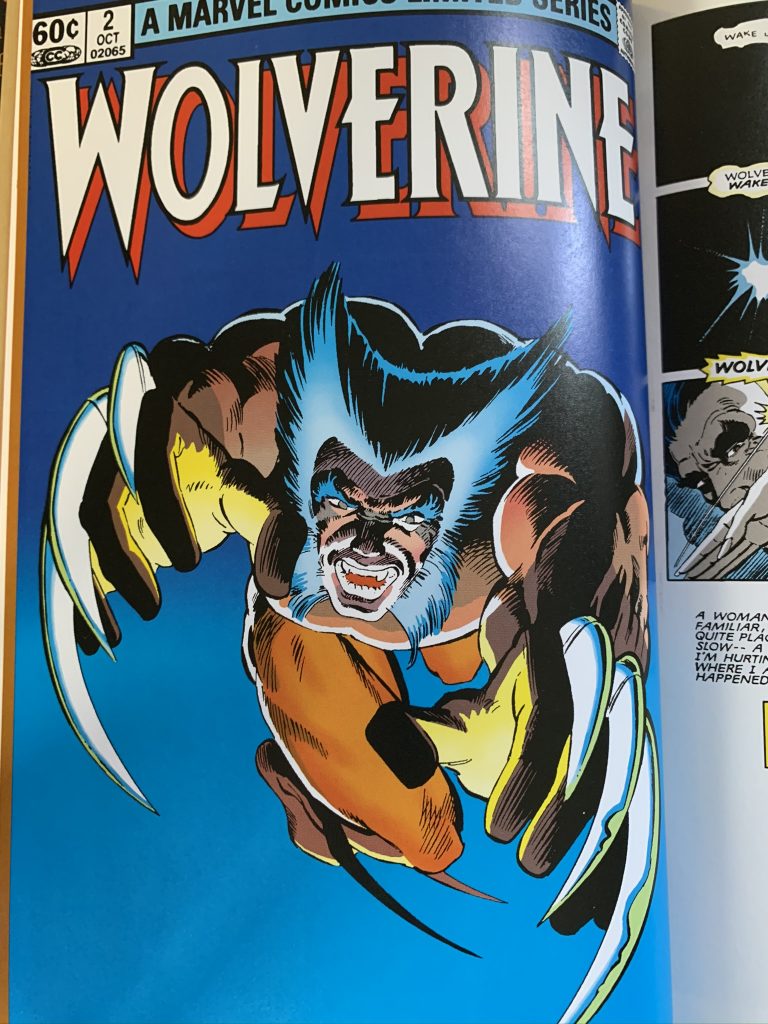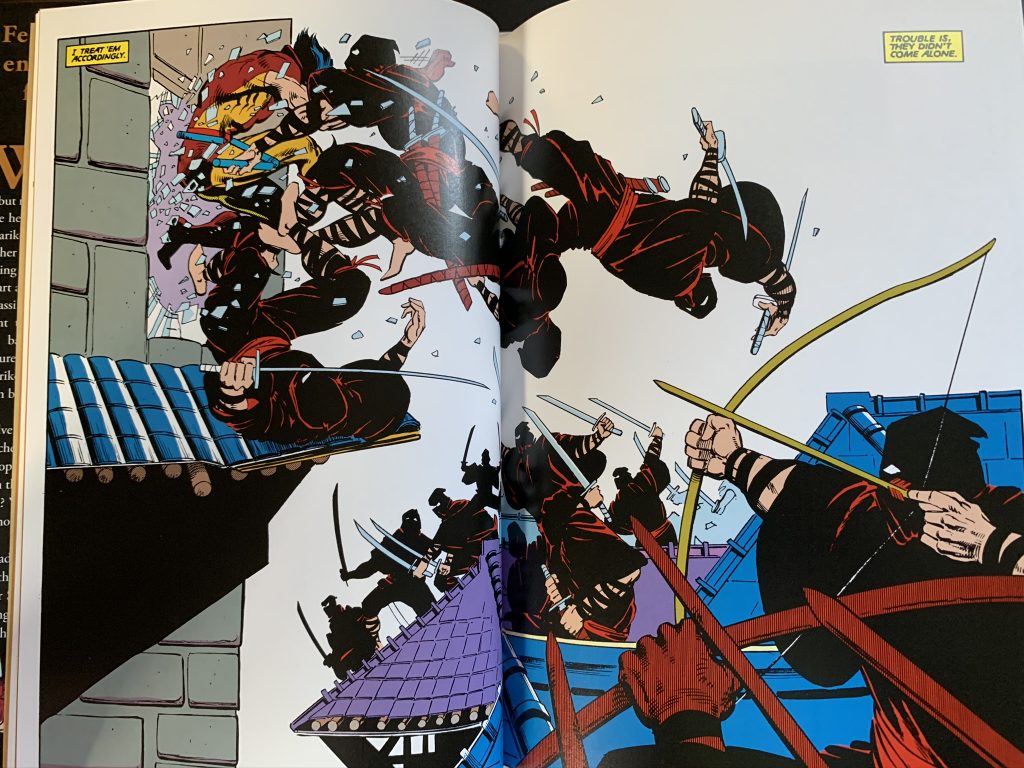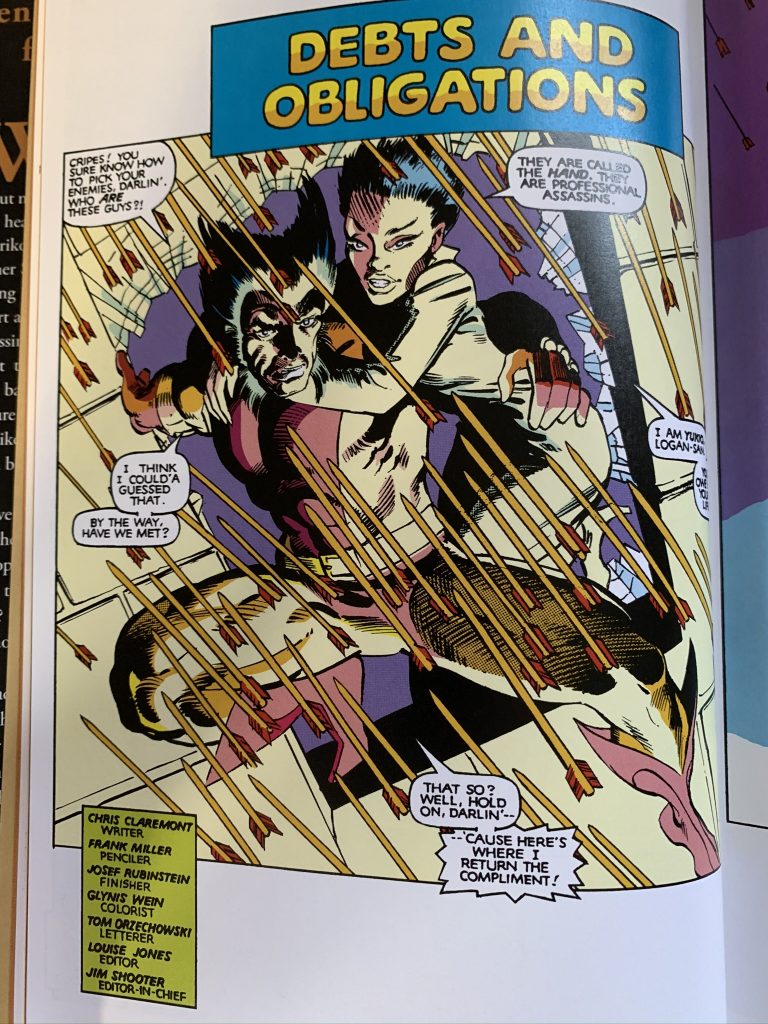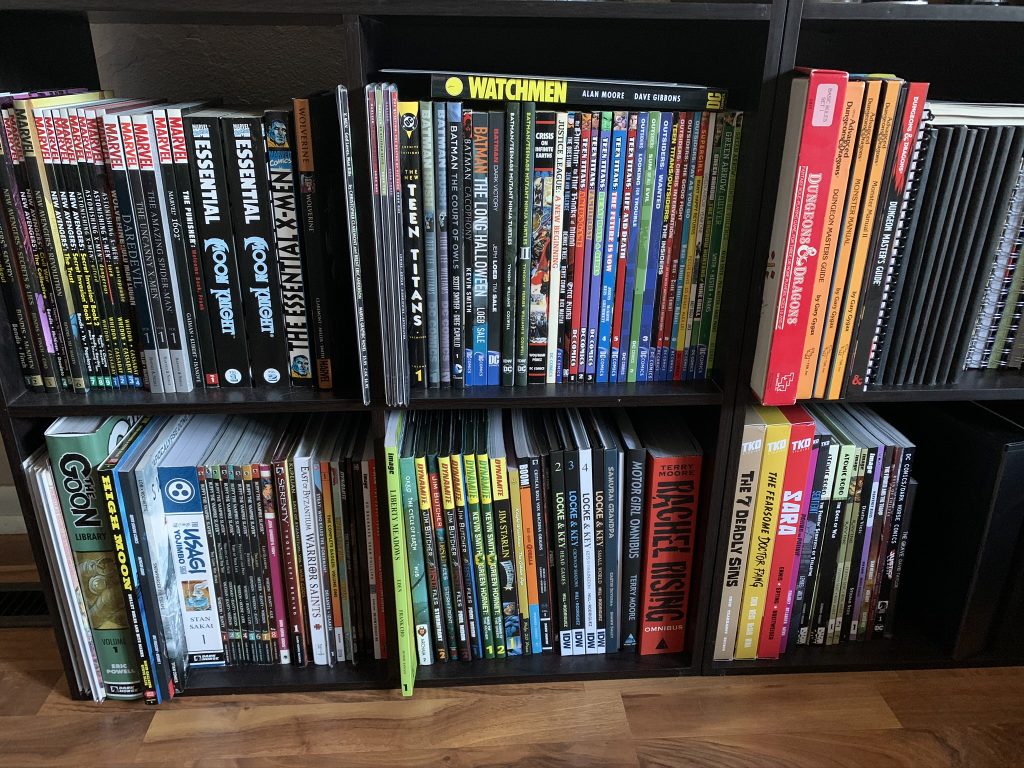
- Wolverine (1982, 4 issue mini-series)
- Marvel Comics
- Written by Chris Claremont
- Pencils by Frank Miller
- Inks by Josef Rubinstien
- Colors by Glynis Wein
- Letters by Tom Orzechowski
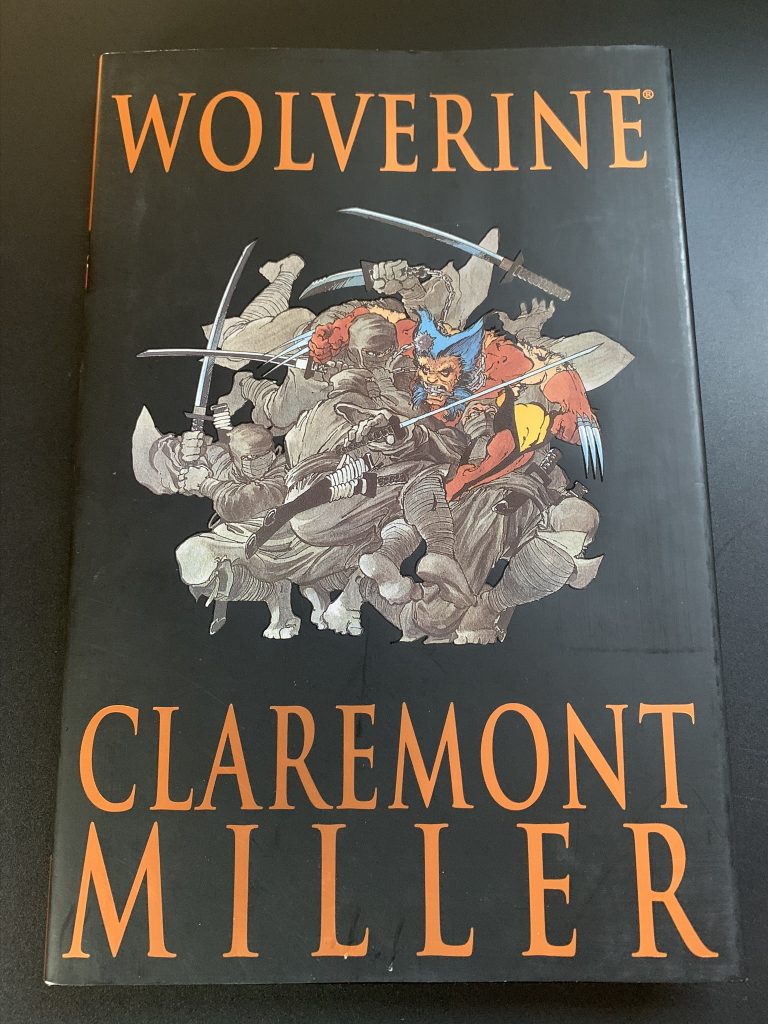
He’s the best there is at what he does… and what he does is sell comics.
Everyone knows his name, and you don’t have to be an avid comicbook reader to be a fan. Thanks to a certain Australian actor and former lead of the musical Oklahoma (seriously, look it up), the Canadian X-Man known as Wolverine is practically a household name. Introduced in The Incredible Hulk #181 in November of 1974, where he went toe to toe with the Incredible Hulk, Logan has been popping claws and taking names on his way to the top of the list of fan favorite characters.

Given the fickle nature of comicbook fans, Wolverine’s ability to stay on that list is something of a miracle. That kind of staying power is a testament to the creative minds who understand that in comics, as in life, a character needs to adapt and evolve. Without change, without upheaval, a person becomes stale. Predictable. Boring. As it happened, two very talented minds got together and came up with a concept that would rip Logan’s world apart, tear him down piece by piece, and forge him into one of the most enduring- if not always endearing- characters in fiction.
In the beginning, Wolverine was a scrapper. He lived for the fight, always looking for the next brawl. It was what made him a popular character for the X-Men because it introduced a bit of chaos into their midst. When Chris Claremont came to the title in 1975, where he stayed until 1991, he brought some of the most compelling writing being done in comics, before or since. His stories still carry weight in the X-Men’s continuity, no small feat in a medium where the retcon wiffle bat is swung with impunity. To keep pace with more complicated story-lines, the characters involved have to grow along with them, and Wolverine was no exception. In fact, he was arguably more in need of some fleshing out than many of his teammates. In Claremont’s words, “Wolvie had been portrayed as a terminal psychotic, akin to human nitroglycerin, ready to explode into a berserker fury without warning.” It was time to change things up.
So it was that Chris Claremont approached Frank Miller with an idea. What if they took the two dimensional batte-rager and put some meat on his unbreakable adamantium bones? Together, to two took Claremont’s concept of Logan as a “failed samurai” and filled in his background as an international black ops agent. After all, one doesn’t get to be “the best there is at what he does” without some trial and error. With that in mind, Wolverine’s very first four issue mini-series was conceived, and it would be a story that continues to resonate at the core of the clawed one’s being.
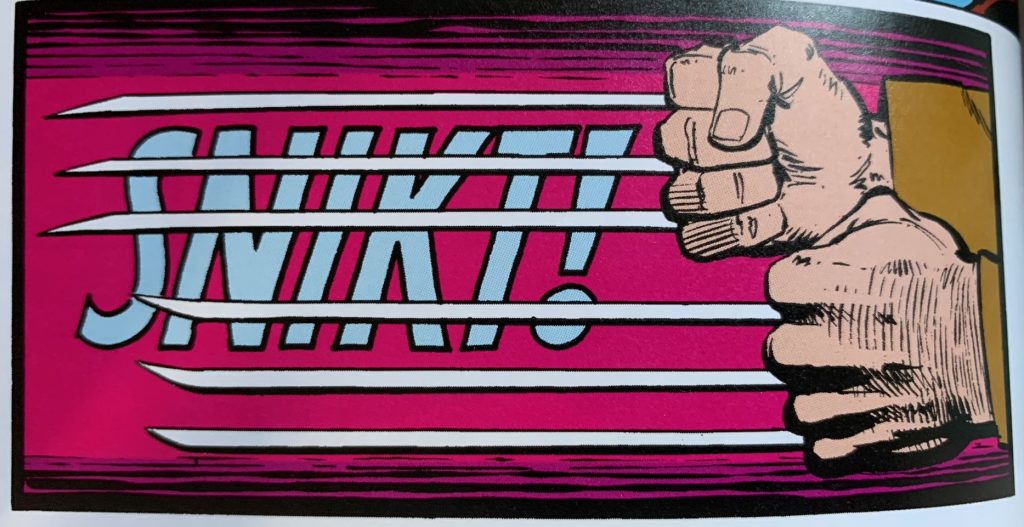
Pulling this book off of my shelf, I have to admit that I was a little worried. It’s been a while since I’ve read the story, and there was some concern that it would be a little dated. Let’s be honest, comicbooks have come a very long way over the last decade or so, and the writing doesn’t always hold up over time. Now that I’ve closed the cover on this one, I am pleased to report that Chris Claremont was on top and ahead of his game. Building on the concept of the samurai, he crafted a story that was deeply rooted in Japanese culture, in the concepts of duty, family obligation, and honor. Logan was in love with Lady Mariko of Clan Yashida, one of the oldest and noblest of Japanese families. With his status as an outsider, a gaijin, their relationship was destined to be problematic at best. The return of Mariko’s father Shingen, long thought to be dead, brought that a head in some very profound ways.
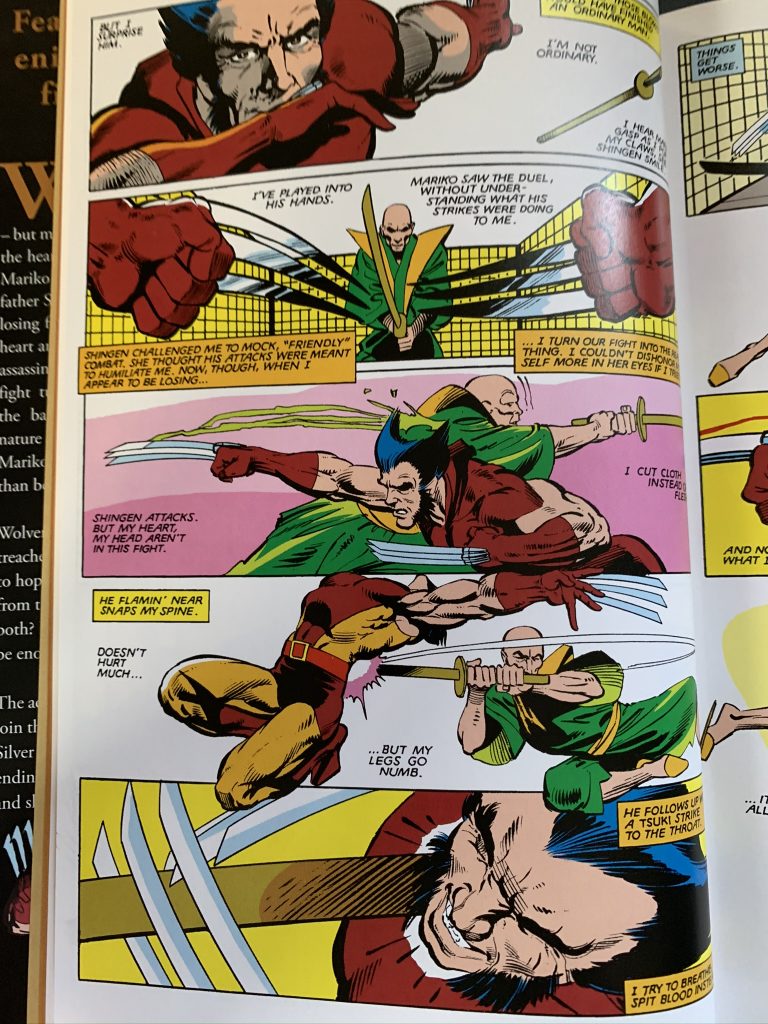
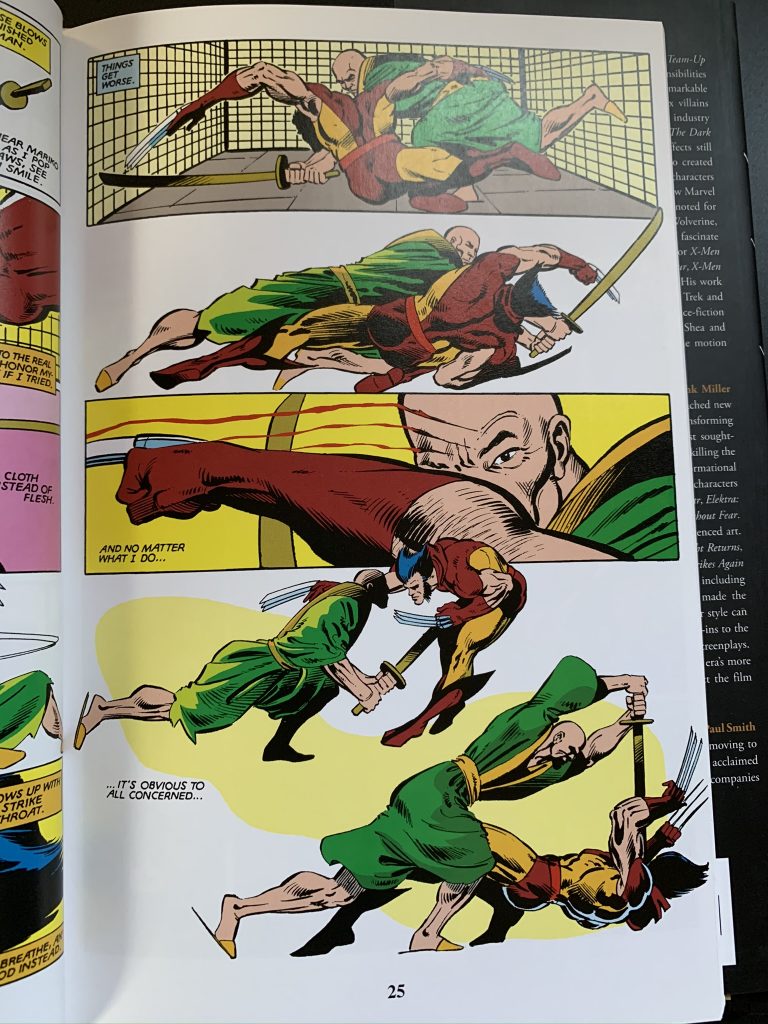
The beauty of Claremont’s story is in its layers. In the best possible way, Wolverine is a character study of what makes Logan “the best there is”. It isn’t so much about with his mutant healing factor, razor sharp claws, or unbreakable bones. Those things make Logan a good fighter, an exceptional killer, but they don’t really make him a great character. That’s accomplished when Claremont breaks him down to his essential parts and acknowledges that yes he is savage to the core, but in the end he refuses to let himself be defined solely as an animal. At one point of the story, Logan admits that his fight against his nature is one he could very well lose, but that the true victory is in the attempt. With that epiphany, Logan (and Claremont) rejects the trait that had made him a success to that point, and lays out a path that would carry him forward, beyond the pages of a comicbook and into cinematic history.
For every scripted comicbook page, there has to be an artist to give those words form. Some of you might have heard of a guy named Frank Miller, the mind behind moderately popular titles like Daredevil, Sin City, and The Dark Knight Returns. I’m not going to bore you with my praise for Miller’s work, whether he’s writing, penciling or both. We could be here all day. What we can talk about is Miller’s approach to visual storytelling, particularly in this book. His take on Logan is one of the truest versions of the character that I’ve ever seen. Wolverine isn’t a chiseled Adonis ready to strike a pose on the cover of Men’s Health. He’s a down and dirty fighter, willing to dig deep and do whatever it takes to come out on top of a scrap. Miller doesn’t waste time on fluff, so his panels are clean and to the point, and the action is intense.
Over the years, I’ve owned this mini-series three times. First in its original four issue run (sadly lost over the years), then in its first collected trade paperback, and now this hardcover edition released in 2006. In my opinion, this represents the defining moment for Wolverine, and it’s served as the jumping off point for several iterations since. Anyone looking for a little insight into Canada’s favorite son (sorry, Mr. Fillion) has probably already read it, and if they haven’t it should be pretty high up on their list.

